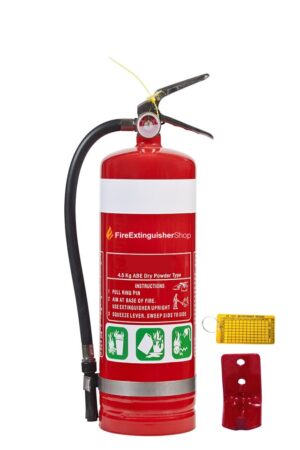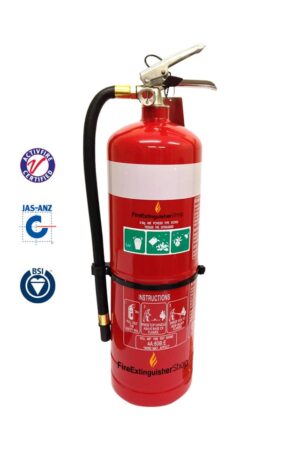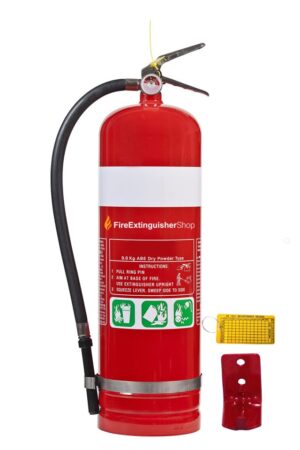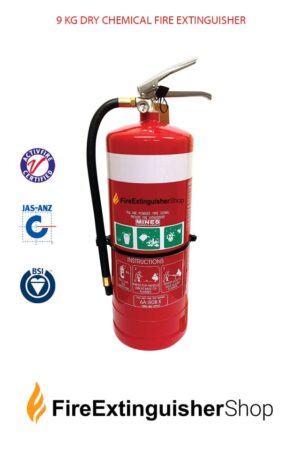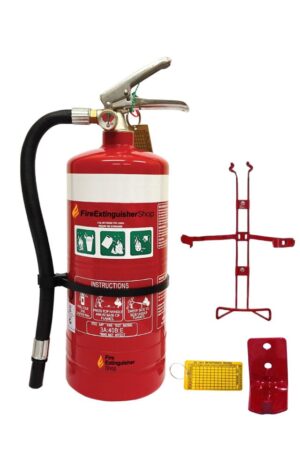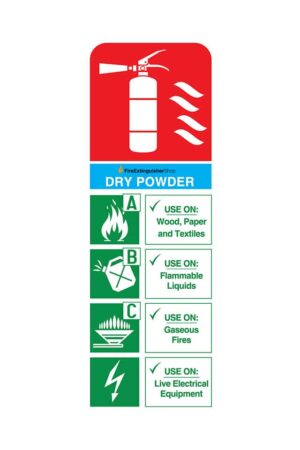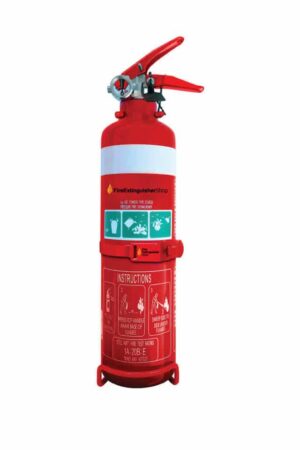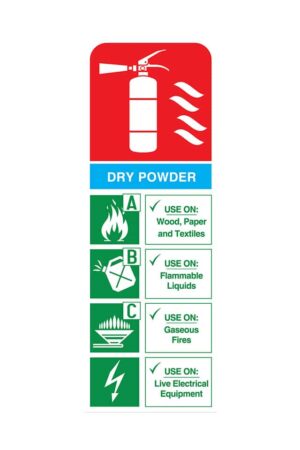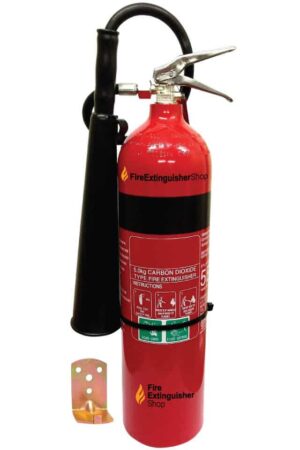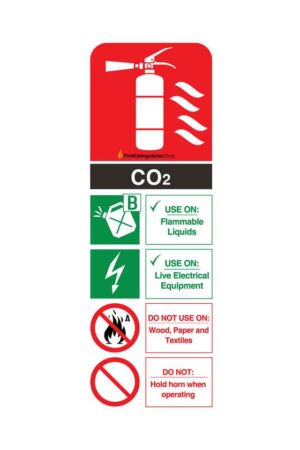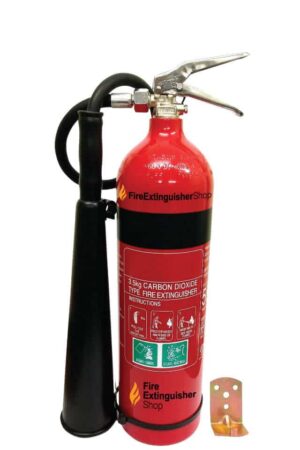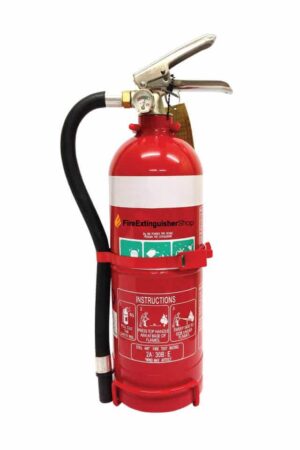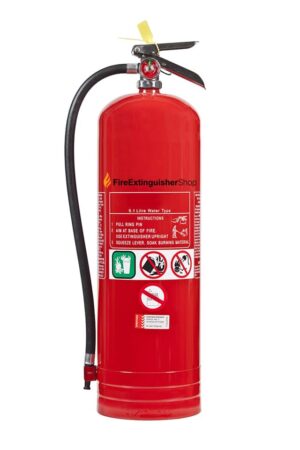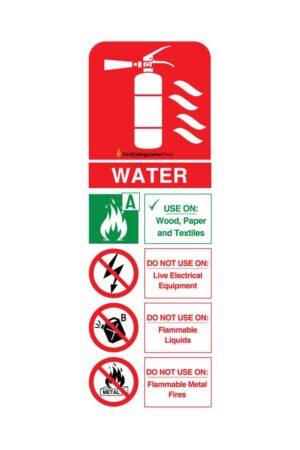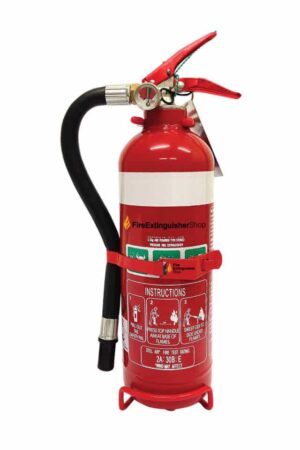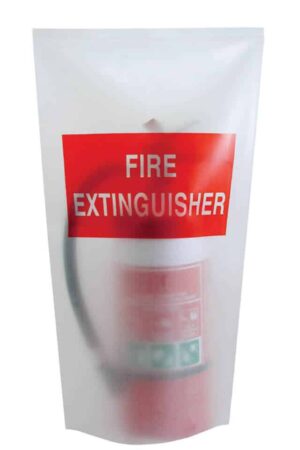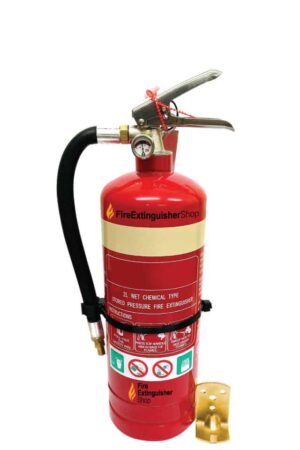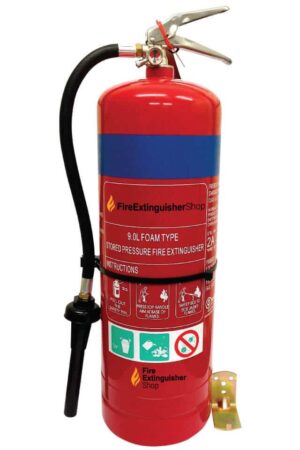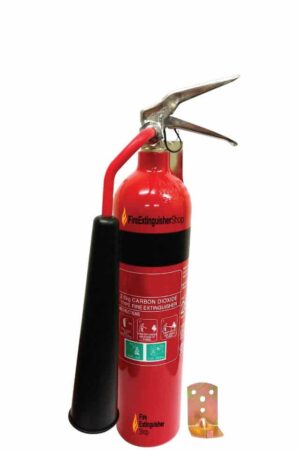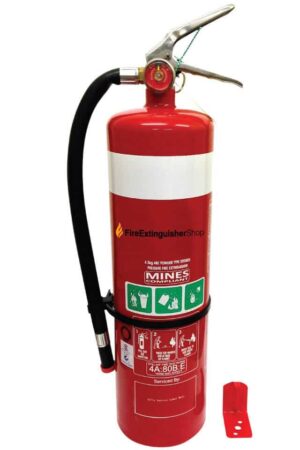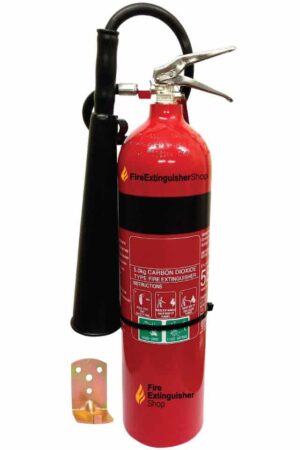Fire extinguishers
Often regarded as the first line of defence against smaller fires, fire extinguishers are available in several different types that include the following:
• Water
• Foam
• Dry chemical powder
• Carbon dioxide (CO2)
• Wet chemical
Each of these types of fire extinguishers is designed to combat specific types of fires:
- Class A fires are fueled by combustible materials like wood or paper. They can be controlled by dry chemical powder, water, foam or wet chemical extinguishers.
- Class B fires use flammable liquids like petrol or paint as their fuel source. These types of fires require foam, dry powder or CO2 extinguishing systems.
- Class C fires must be extinguished using dry powder systems. These fires are fueled by flammable gases that may include methane or natural gas.
- Class D fires are usually only found in industrial settings and are the result of ignition of flammable metals like lithium. Special powder fire extinguishers are required for these fires.
- Class E fires can be brought under control with dry powder or CO2 fire extinguishers. These fires usually involve generators, computers and appliances.
- Class F fires require wet chemical fire extinguishers and usually originate in deep fat fryers used for frying chips and other foods in restaurant settings.Choosing the right fire extinguisher can deliver practical help in managing fire safety requirements in your commercial buildings.
How to Use a Fire Extinguisher
There are four (4) main steps to follow when utilizing modern portable fire extinguishers. They are summarized into the abbreviation PASS, which stands for:
- Pull: Break the seal by pulling the pin at the top of the extinguisher. When the pin is in place, it prevents the handle from being pushed and mistakenly activating the extinguisher. It is also important to note that the pin may be easily removed from the extinguisher by holding it by the bottom handle.
- Aim: Approach the fire from a safe distance and direct the nozzle or outlet toward the base of the fire
- Squeeze: Squeeze the handles together to release the extinguishing agent contained inside. Release the handles to stop the discharge.
- Sweep: As you approach the fire, sweep the nozzle from side to side to guide the extinguishing agent to the flames’ base. After extinguishing the fire, look for any smoldering hot patches that might rekindle it.
When to use a fire extinguisher
Only use an extinguisher when:
- You know the extinguisher is appropriate for use on the combustible materials involved in the fire.
- You’ve considered whether electricity might be involved and, if so, that the available extinguishing agent is non-conducting.
- You can extinguish the fire quickly.
- You’re not putting your safety at risk by remaining in the vicinity of the fire.
- All other people have been evacuated from the region.
Which Class is most suitable for use at home?
Answer: Dry Chemical Powder (ABE)
The most common fire extinguishers in Australia are dry chemical fire extinguishers. This is due to their ability to fight a wide range of different types of fire, as well as their affordability. They are also known as DCP or ABE fire extinguishers, and the extinguishing agent contained in them is dry chemical powder. A one-kilogram dry chemical fire extinguisher can last between 10 to 12 seconds.
Where to place the extinguisher in your home
Extinguishers in the house should be kept out of locations that might catch fire and yet be accessible when needed. Place the fire extinguisher, for example, outside the kitchen door rather than within the kitchen.
Fire Extinguisher Color Codes
White Band – Chemical Powder AB(E)
How it functions
Dry Chemical Powder ABE fire extinguishers provide protection against flames caused by wood, paper, liquid, or electricity. Because of their many commercial and industrial applications, they are particularly adaptable in a variety of settings, including homes, industries, caravans, boats, and buses.
Suitable for
Class A fires: involves common flammable materials such as wood, paper, fabric, plastic, or rubber.
Class B fires: include combustible liquids such as gasoline, oil paint, and solvents.
Class E fires: Where electrical equipment such as motors, switchboards, and electrical appliances are used as the ignition source.
Black band – carbon dioxide
How it functions
Carbon dioxide extinguishers provide great protection against flammable liquids and electrical fires. They’re generally found in server rooms, electrical switchboards, and other places where there’s costly electrical equipment. Carbon dioxide is not only a very effective firefighting agent, but it is also exceedingly clean and leaves no residue.
Suitable for
Class B fires: involves flammable substances including petrol, oil paint, and solvents
Class E fires: where the ignition source includes electrical appliances such as motors, switchboards, and appliances
Red Band – Water
How it functions
When it comes to extinguishing small flames caused by wood, paper, and fabric—and without leaving behind any chemical residue—water extinguishers are the best option. They are also known as Stored Pressure Water fire extinguishers.
Suitable for
Class A fires – those that involve common flammable materials such as wood, paper, fabric, plastic, or rubber items.
Blue Band – Foam
How it functions
Foam fire extinguishers create a layer that quickly suffocates the fire’s oxygen supply, putting out the flames. They provide excellent protection against fire caused by petrol, oil, and other flammable substances.
Suitable for
Class A fires: involves common flammable materials such as wood, paper, fabric, plastic, or rubber
Class B fires: involves flammable substances such as petrol, oil paint, and solvents
Oatmeal Band – Wet chemical
How it functions
Wet Chemical fire extinguishers are designed to combat flames in kitchens produced by lard, olive oil, maize oil, butter, and other fats. When discharged, the extinguishing agent becomes soapy. This chemical covers the top of the flame, inhibits re-ignition, and restores the kitchen to a safe state in a short period.
Suitable for
Class A fires: involves common flammable materials such as wood, paper, fabric, plastic, or rubber.
Class F fires: involves cooking oils and fats.
Fire extinguisher testing
Fire extinguishers must be tested and kept in good working condition to meet federal and state regulations. Fire extinguishers have a few requirements must be met to be compliant with the rules.
Portable fire extinguishers must be periodically examined, tested, and maintained by a qualified specialist in order to meet Australian Safety Standards.
These standards are specified under the Australian Standard AS 1851 Maintenance of Fire Protection Systems and Equipment and state that:
- Every six months, all fire extinguishers must be examined.
- If an extinguisher lacks a pressure gauge, it may require to be weighed to determine if it is still full.
- Other fire extinguisher service requirements, such as having them emptied, pressure checked and refilled every 3 to 5 years, may be required.
- The testing intervals for fire extinguishers must be documented on a label or metal tag connected to the device.
- A visual assessment of the extinguisher reveals that it is in good working order.

